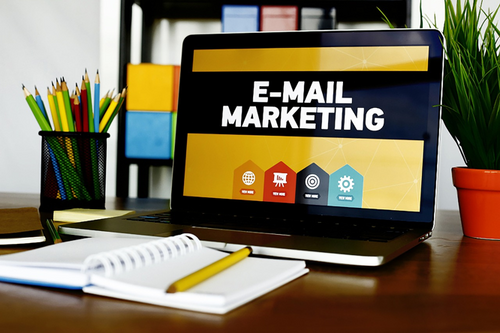In the vast sea of email marketing, every subscriber is an island, unique and teeming with individual preferences, needs, and behavioral patterns. Recognizing this individuality, savvy marketers turn to email list segmentation as their precision-guided tactic. It's a strategy that slices through the homogeneity of mass emailing by dividing your audience into targeted groups for sharply tailored communication. The result? Content that resonates more deeply, prompting higher engagement and spiking conversion rates. Let's delve into the fine art of segmentation to see how it can transform your email marketing campaigns from blunt instruments into surgical tools.
The Power of Recognition and Categorization
The journey into effective segmentation begins with the recognition of the myriad personas that compose your audience. Identifying the strands of commonality among subscribers might hinge on a variety of factors such as age, geographic location, purchase history, past engagement with your emails, and responses to surveys or feedback forms. Each of these strands represents a potential segment—a niche group that shares a set of characteristics or behaviors.
The categorization process is a foundational step in customization. Imagine crafting an email that speaks directly to a mother of two in the suburbs interested in eco-friendly products, versus a broad-stroke email aimed at all adults interested in sustainability. The former is likely to engage on a more personal level, increasing the likelihood of conversion.
The Art of Tailored Campaigns
Once you have segmented your list, the next step is to create campaigns that feel like they were written for the individual, not the crowd. Loyal customers might be delighted by an email that acknowledges their continued patronage with a loyalty reward. New subscribers, on the other hand, could be welcomed aboard with an introductory discount code. Segment-specific content such as educational resources for beginners or advanced tips for seasoned users can also be highly effective.
By tailoring your messages to the unique characteristics of each segment, you not only boost the relevance of your communications but also foster a sense of belonging and appreciation among your subscribers. It’s personalized marketing at its most efficient, creating an echo chamber where the customer's needs and your solutions resonate perfectly.
The Cycle of Monitor, Measure, and Modify
The craft of segmentation is iterative and dynamic. Deploying segmented emails is merely the beginning. The critical work lies in monitoring the reactions to these emails, measuring their impact, and modifying your strategy based on the insights gained. Performance indicators like open rates, click-through rates, and conversion rates can provide a clear picture of what resonates with each segment.
This data becomes the compass that guides future segmentation strategies. Perhaps one segment responds better to a particular type of offer, or another shows increased engagement when emailed at a specific time of day. This feedback loop is invaluable in honing your email campaigns to near-perfection.
Conclusion: The Focused Future of Email Marketing
Email list segmentation is akin to the evolution from broad-spectrum lighting to a laser beam—focused, intense, and precise. It enables marketers to cut through the noise and clutter of the inbox by delivering highly relevant and personalized content. By adopting a segmented approach to your email strategy, you’re not just broadcasting messages into the void; you're engaging in a targeted conversation. As you refine your focus, you'll find that your marketing messages become more like a series of well-placed whispers rather than shouts in the crowd, drawing your audience in closer with each communication. This is the strategic edge of segmentation: it's about quality over quantity, dialogue over monologue, and relationships over transactions. Engage in segmentation and watch as the details of your audience's desires and behaviors emerge in high definition, enabling you to deliver not just emails, but messages that truly matter.



